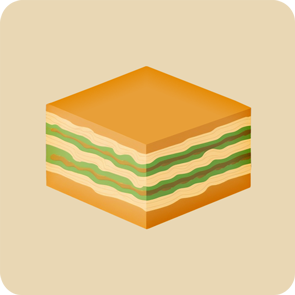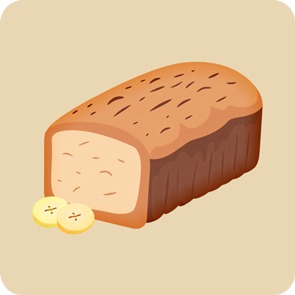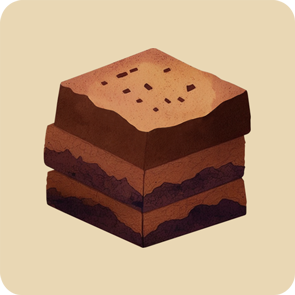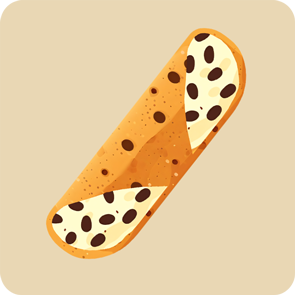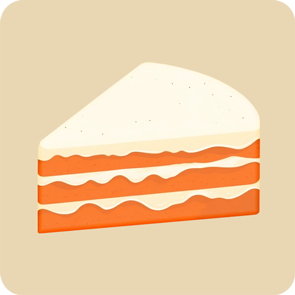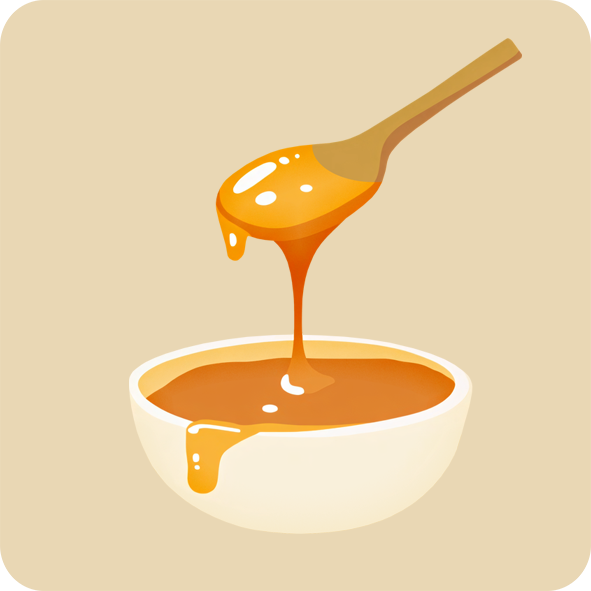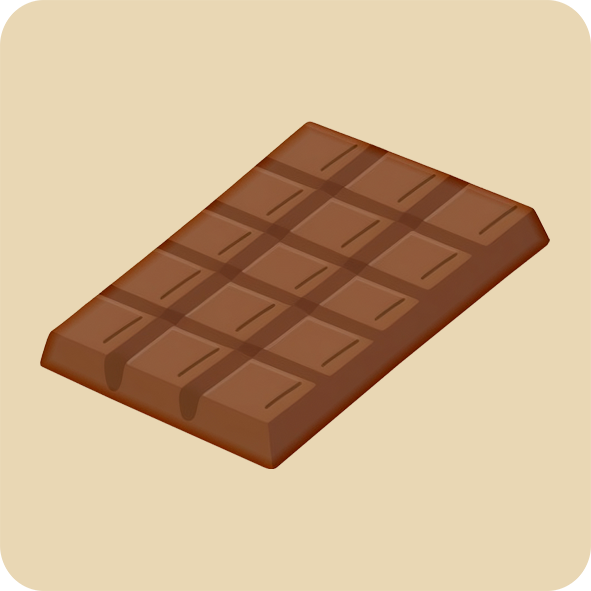
Sponge Cake
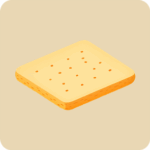
Shortbread

Soft Serve
A light, airy frozen treat made by freezing and aerating a milk-based mixture. Commonly served at ice cream shops and fast food restaurants.
250
½ cup
(100 grams)
CAL
D
Nutri-Score
Lower in fat than regular ice cream but still contains sugar and some saturated fat.
Value per 100 grams & per cup (240g):
130 kcal | 310 kcal
Protein
3 grams | 7 grams
Fats
3.5 grams | 8.5 grams
Carbohydrates
23 grams | 55 grams
Fiber
None
Vitamins & Nutrients
- Calcium: Supports bone health.
- Vitamin A: Supports vision and immune function.
- Vitamin D: Helps with calcium absorption.
- Phosphorus: Important for energy metabolism.
Satiety and Feelings
A hamburger can be quite satisfying thanks to its protein and fat content, making it a filling option for many. However, the refined bun and lack of fiber may lead to a faster return of hunger compared to more balanced meals.
What does 100 g look like?
About ½ cup soft serve ice cream, roughly the size of a small ice cream cone serving.
What does 2000 | 2500 calories look like?
About 6.5 to 8 cups soft serve or 1.56 to 1.92 kg (3.4 to 4.2 lbs).
Daily Value per 100 grams %
Did you know?
Soft serve was invented in the 1930s as a lighter, airier alternative to traditional ice cream.
It’s made by freezing a milk-based mix while incorporating air, which gives it a smooth texture.
Soft serve machines must be carefully cleaned to avoid bacterial contamination.
It typically contains less fat than regular ice cream but more sugar.
Drawbacks ⚠️
High in added sugars which can impact blood sugar and dental health.
Contains saturated fat which may affect heart health if consumed excessively.
Low in protein and fiber, so it doesn’t keep you full long.
Commercial versions often have artificial flavorings and stabilizers.







